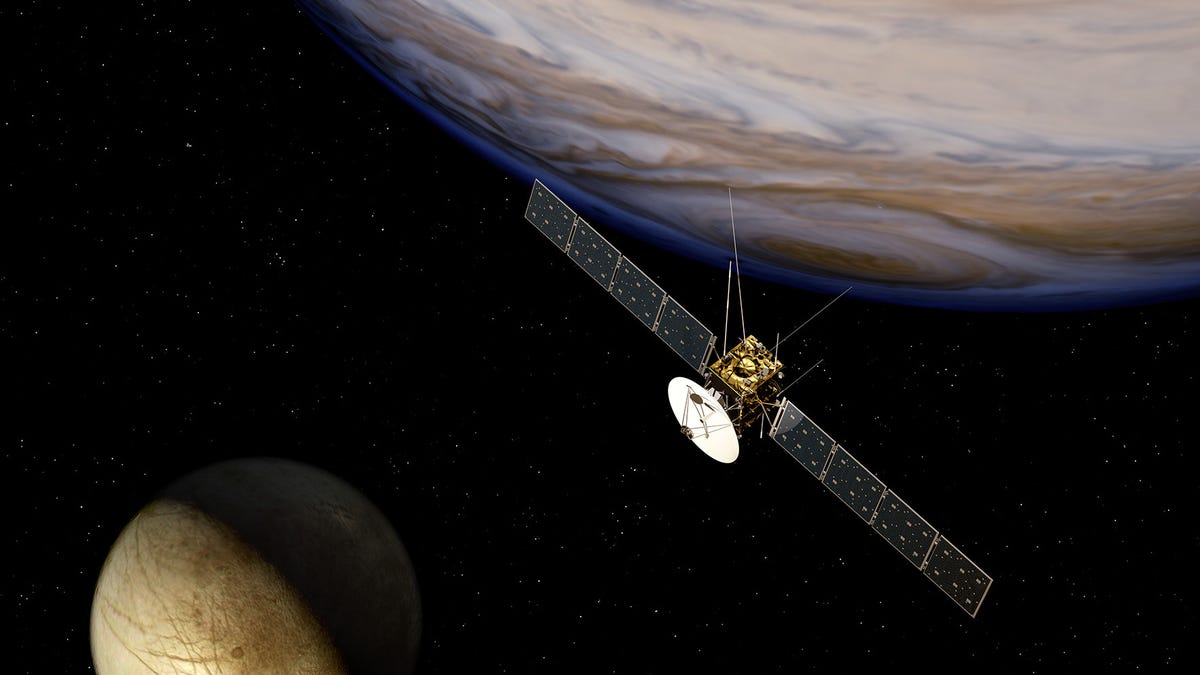Europe to explore Jupiter's icy moons
The European Space Agency intends to launch the JUICE mission in 2022 to better understand Jupiter's moons and their potential for sustaining life.

The European Space Agency will launch a probe to Jupiter and its icy moons in the search of habitable zones and a better understanding of our outer solar system.
The Jupiter Icy Moons Explorer, or JUICE, is scheduled to launch in 2022 and arrive at Jupiter eight years later to explore Jupiter and its moons for at least three years.
Jupiter's icy moons, Europa and Ganymede, are of great interest to space explorers because they are thought to have the conditions for life to form.
Ganymede, in particular, is an interesting subject to scientists because it is a water world planet, which is presumed to be common in other solar systems, Michele Dougherty from Imperial College London told the BBC. It is thought to have water below a layer of ice that is more than 100 miles thick.
The mission will explore the makeup of these moons, including the icy crust of Europa and subsurface ocean of Ganymede. The spacecraft, powered by huge solar panels, will use the gravity of Jupiter to do two fly-bys of Europa and explore the poles of Jupiter for the first time.
The probe will also study the magnetic fields of Ganymede, which will allow scientists to measure the electrical current and better understand the salinity of the water. The spacecraft will weigh nearly 5 metric tons, making it one of the largest ever launched, and its instruments will be powered by huge solar panels.

